 Image 1 of 62
Image 1 of 62

 Image 2 of 62
Image 2 of 62

 Image 3 of 62
Image 3 of 62

 Image 4 of 62
Image 4 of 62

 Image 5 of 62
Image 5 of 62

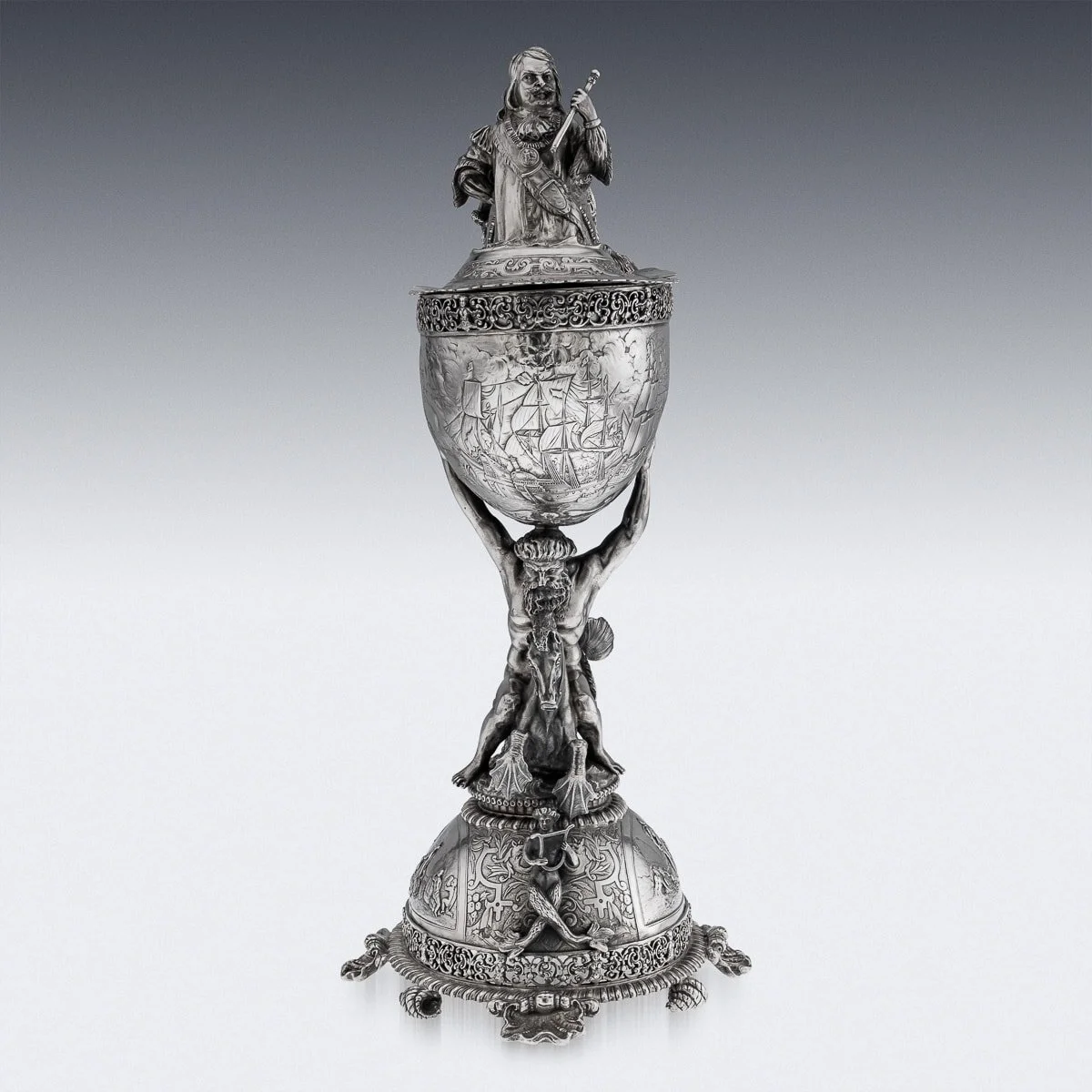 Image 6 of 62
Image 6 of 62

 Image 7 of 62
Image 7 of 62

 Image 8 of 62
Image 8 of 62

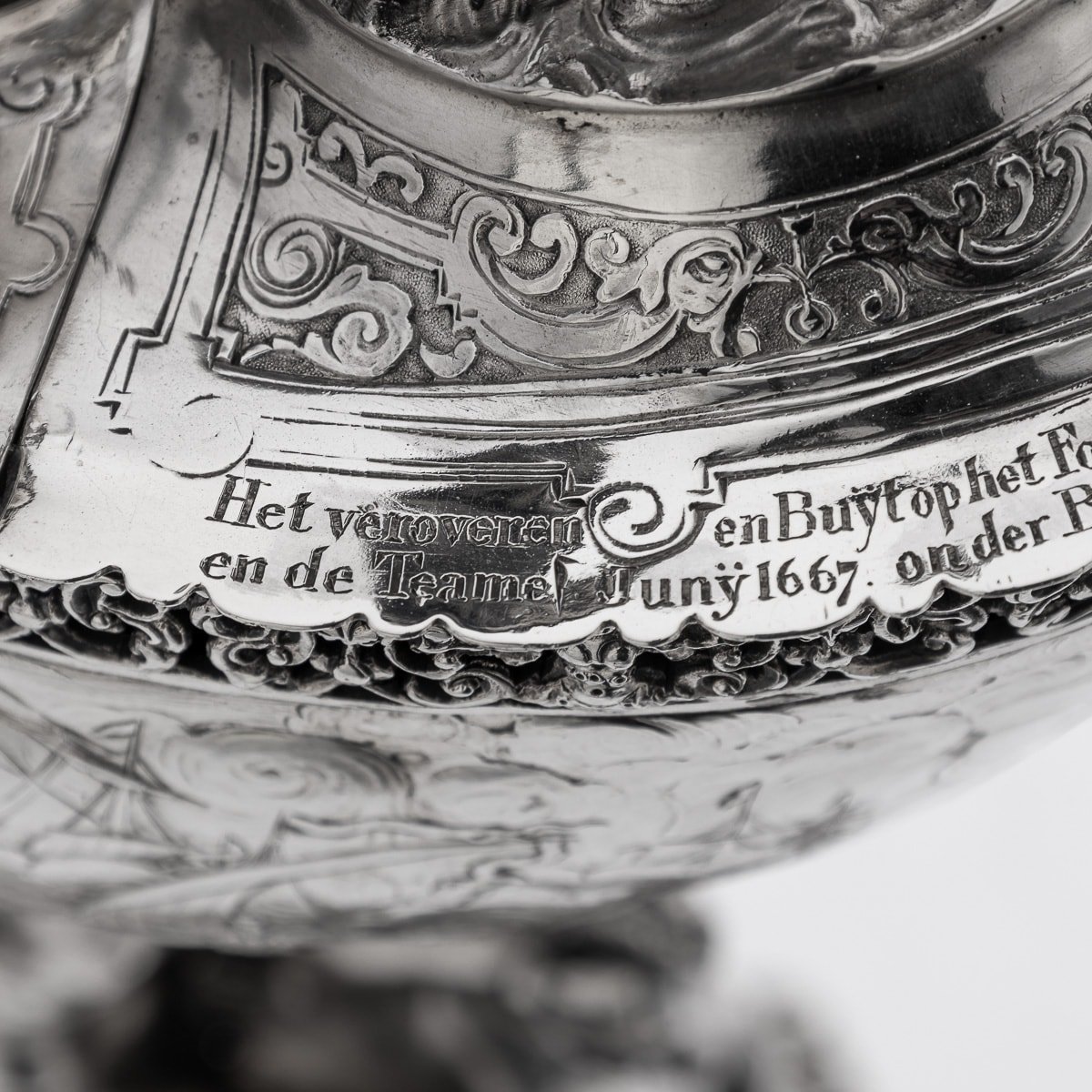 Image 9 of 62
Image 9 of 62

 Image 10 of 62
Image 10 of 62

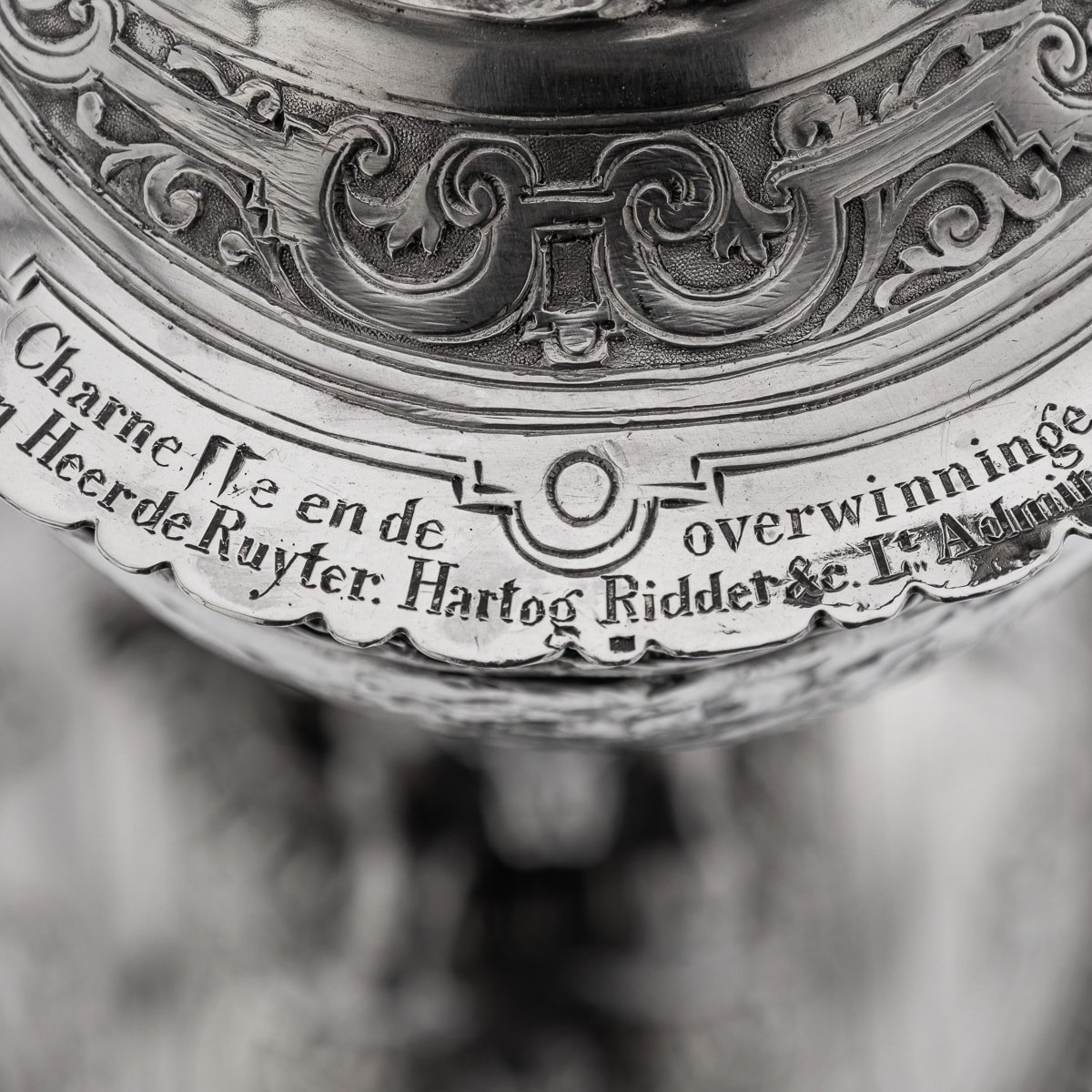 Image 11 of 62
Image 11 of 62

 Image 12 of 62
Image 12 of 62

 Image 13 of 62
Image 13 of 62

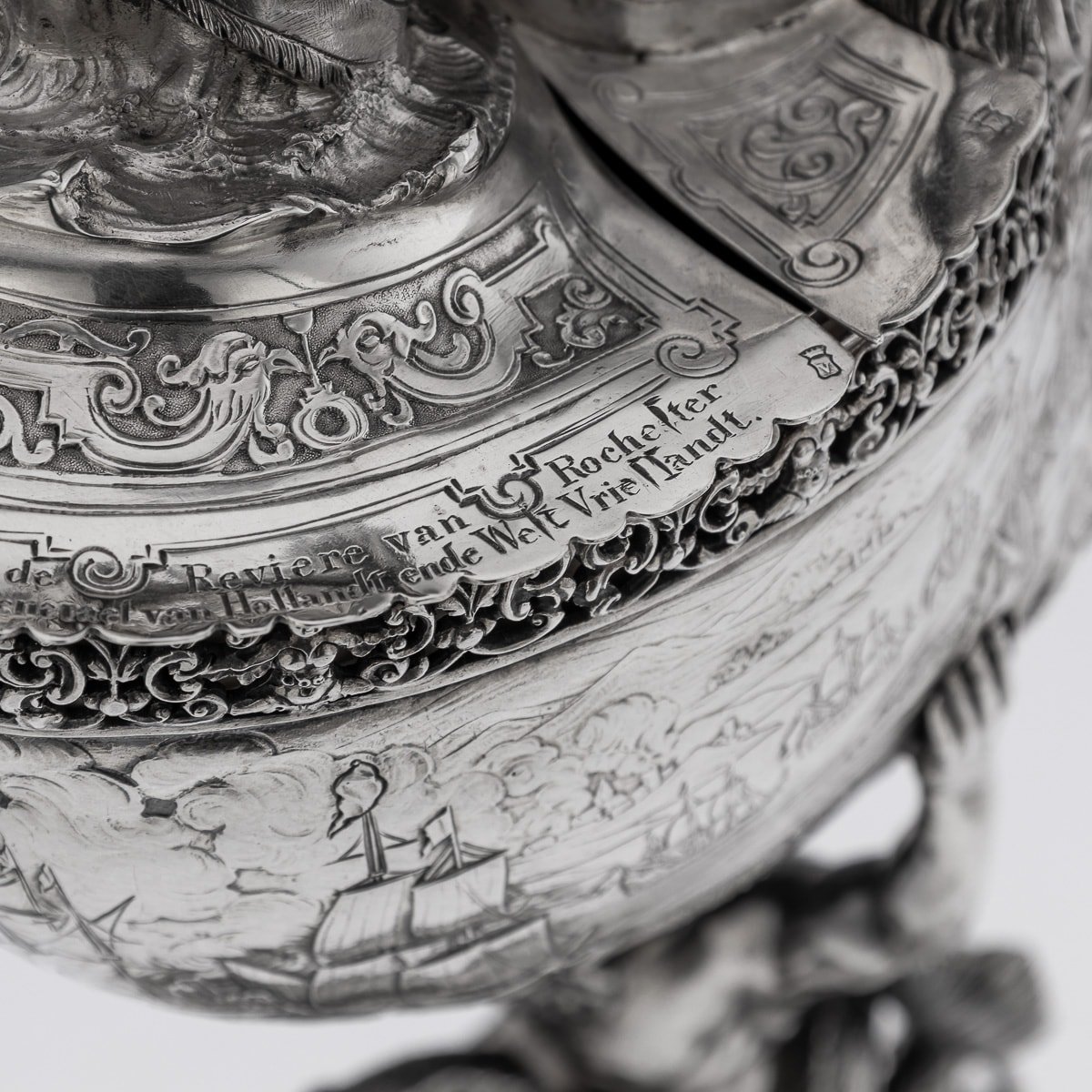 Image 14 of 62
Image 14 of 62

 Image 15 of 62
Image 15 of 62

 Image 16 of 62
Image 16 of 62

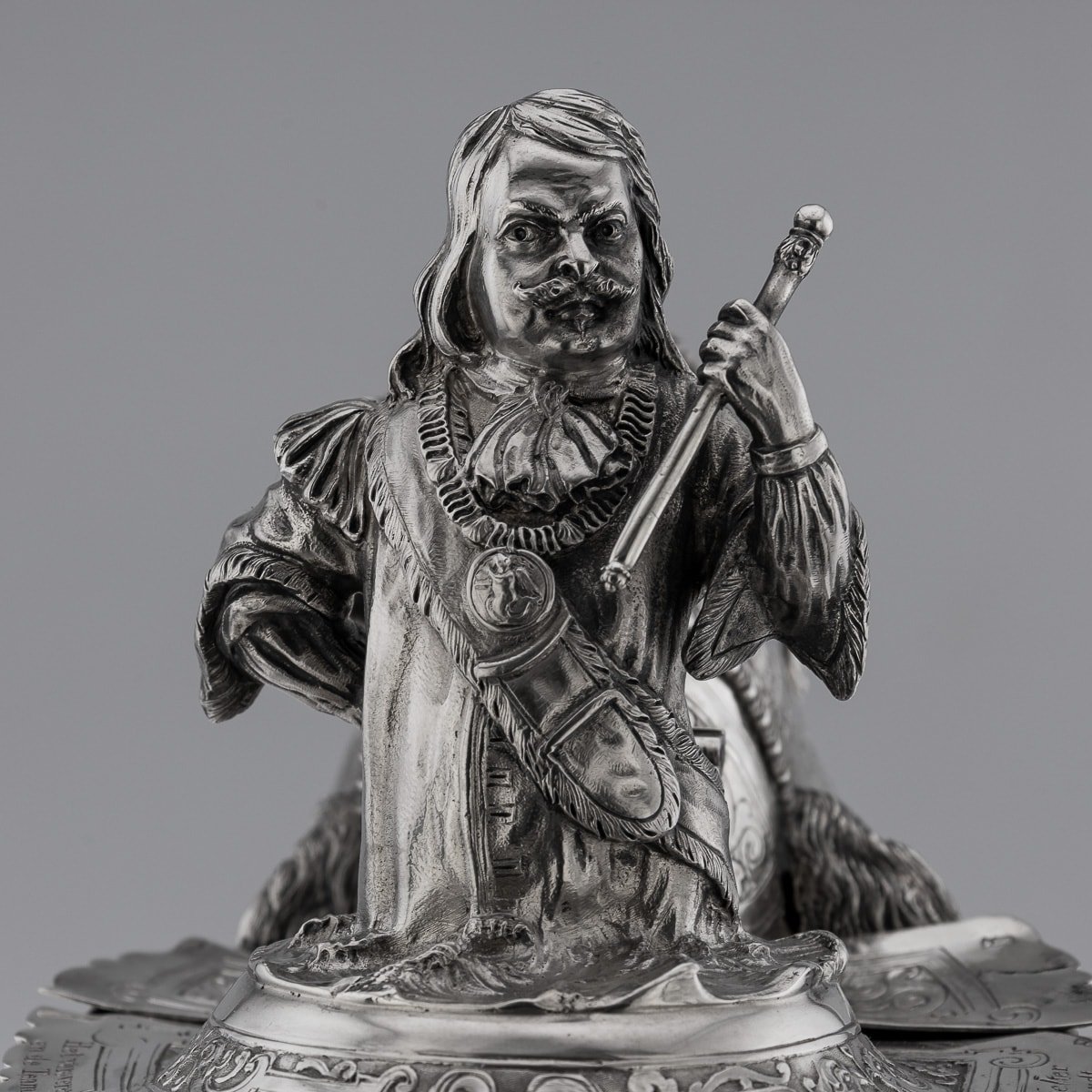 Image 17 of 62
Image 17 of 62

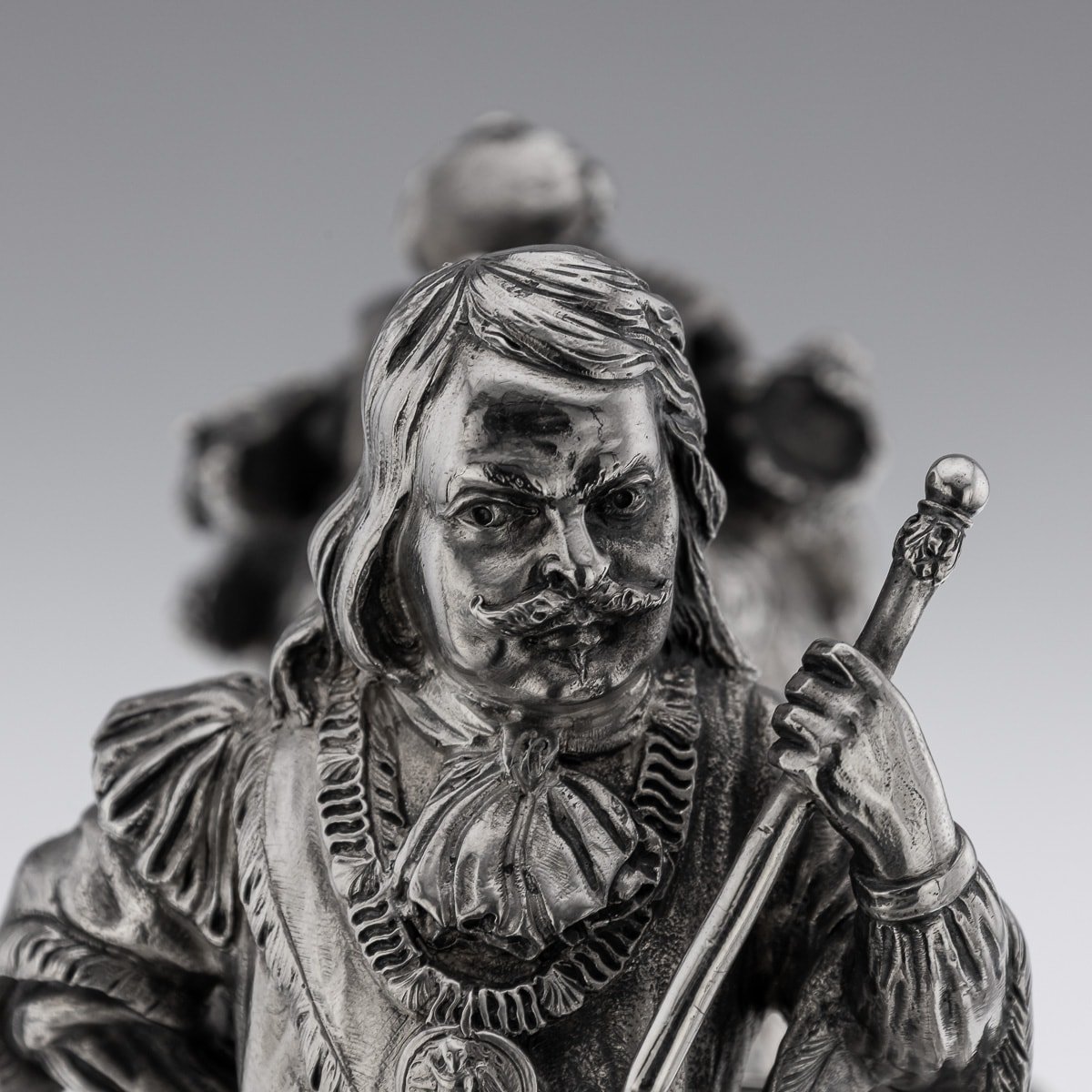 Image 18 of 62
Image 18 of 62

 Image 19 of 62
Image 19 of 62

 Image 20 of 62
Image 20 of 62

 Image 21 of 62
Image 21 of 62

 Image 22 of 62
Image 22 of 62

 Image 23 of 62
Image 23 of 62

 Image 24 of 62
Image 24 of 62

 Image 25 of 62
Image 25 of 62

 Image 26 of 62
Image 26 of 62

 Image 27 of 62
Image 27 of 62

 Image 28 of 62
Image 28 of 62

 Image 29 of 62
Image 29 of 62

 Image 30 of 62
Image 30 of 62

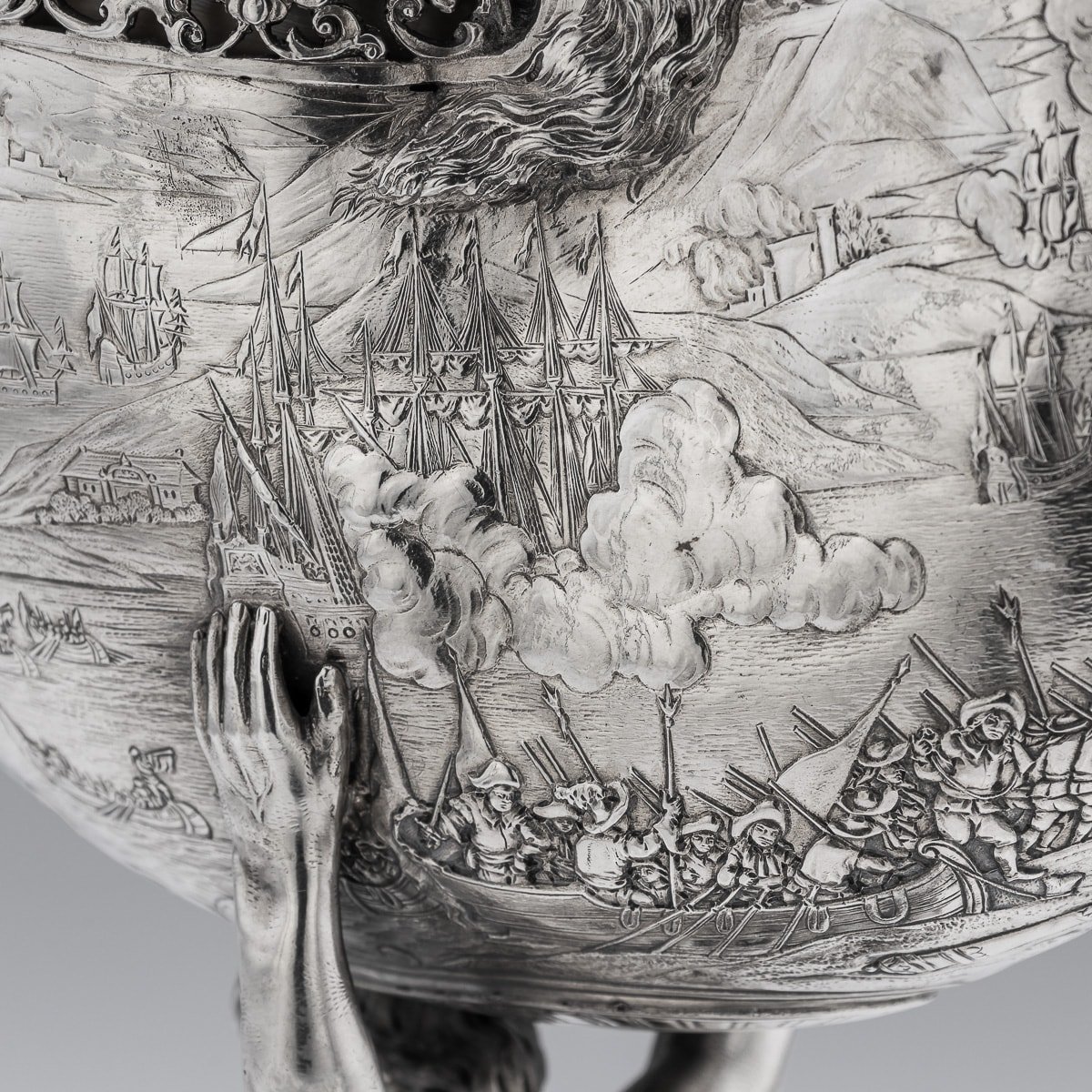 Image 31 of 62
Image 31 of 62

 Image 32 of 62
Image 32 of 62

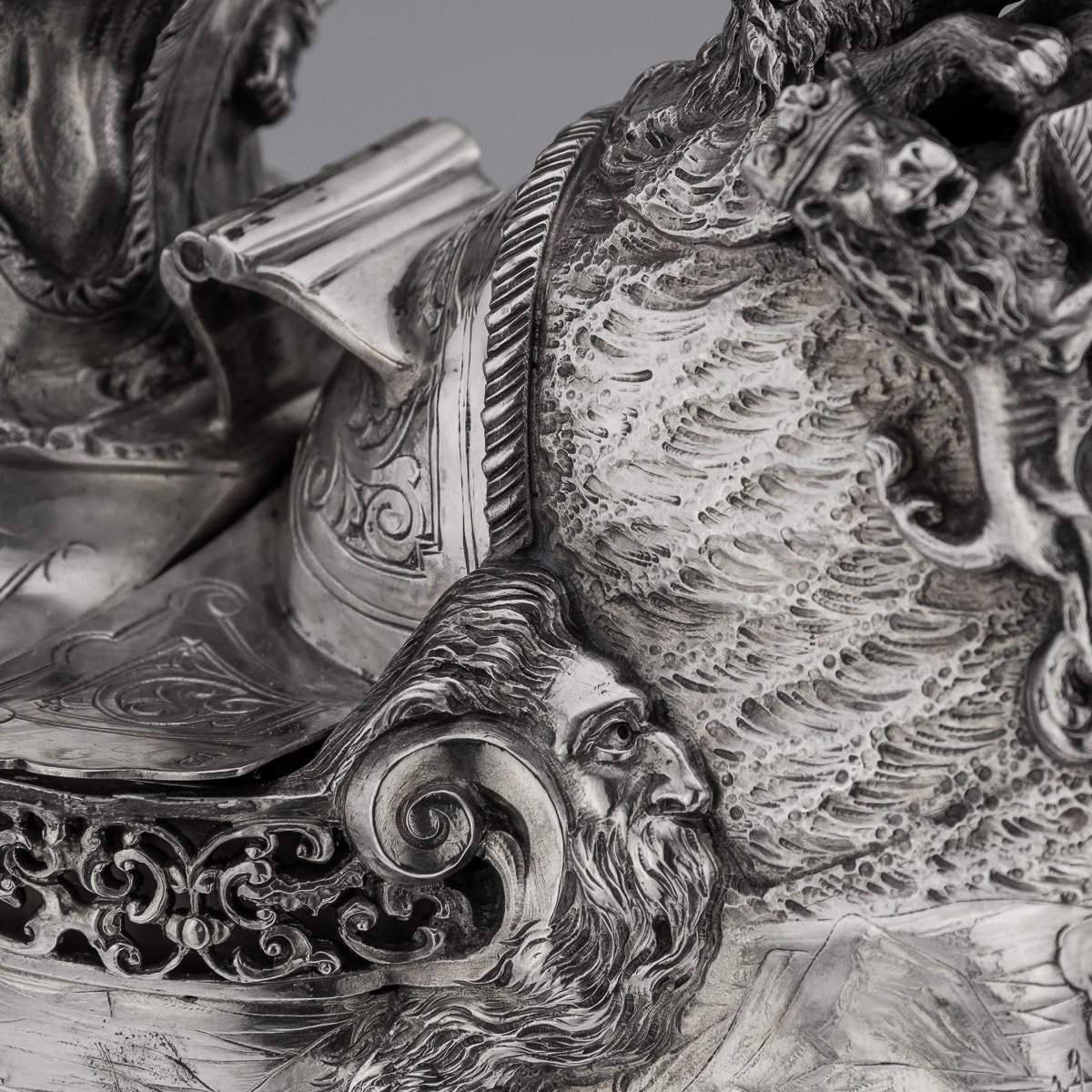 Image 33 of 62
Image 33 of 62

 Image 34 of 62
Image 34 of 62

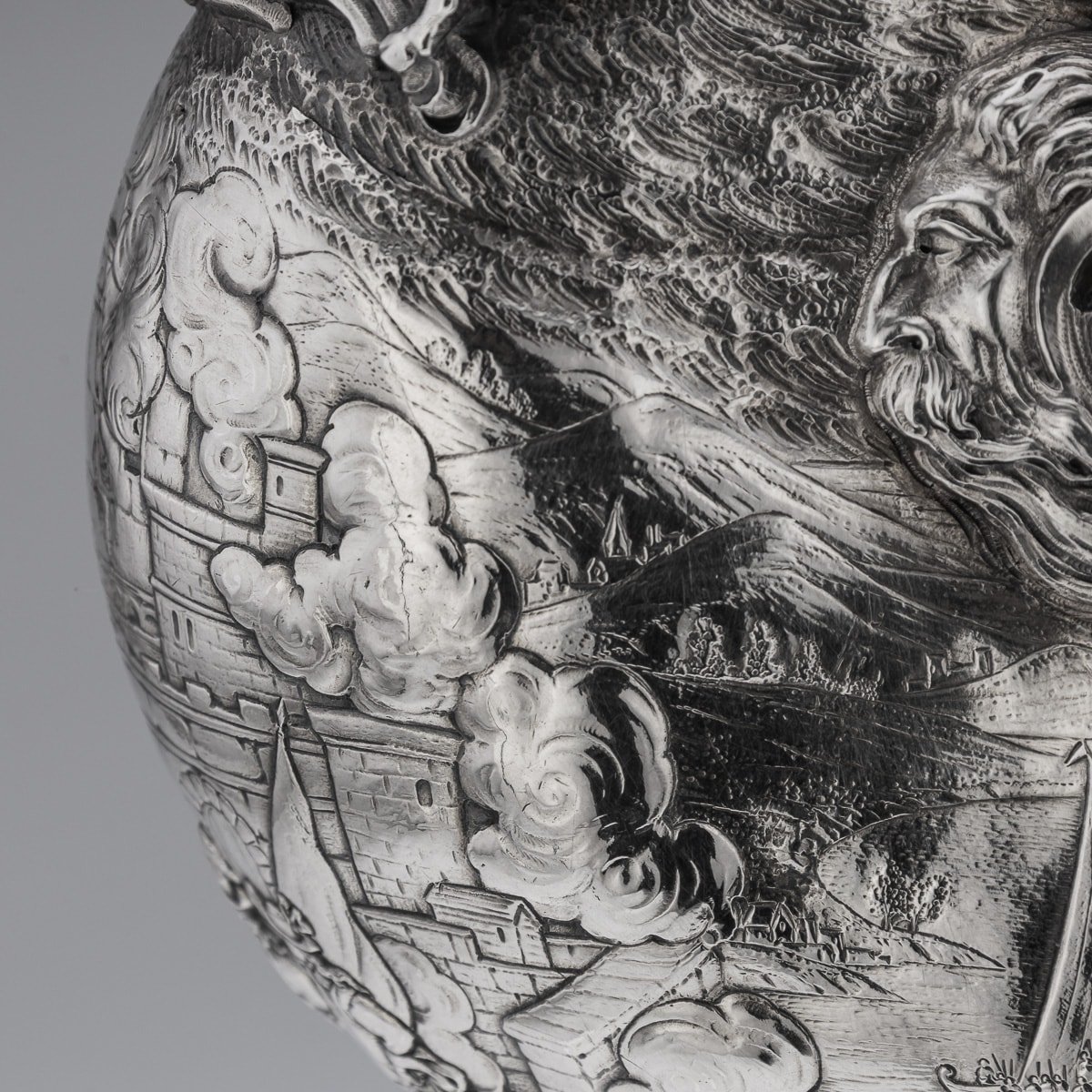 Image 35 of 62
Image 35 of 62

 Image 36 of 62
Image 36 of 62

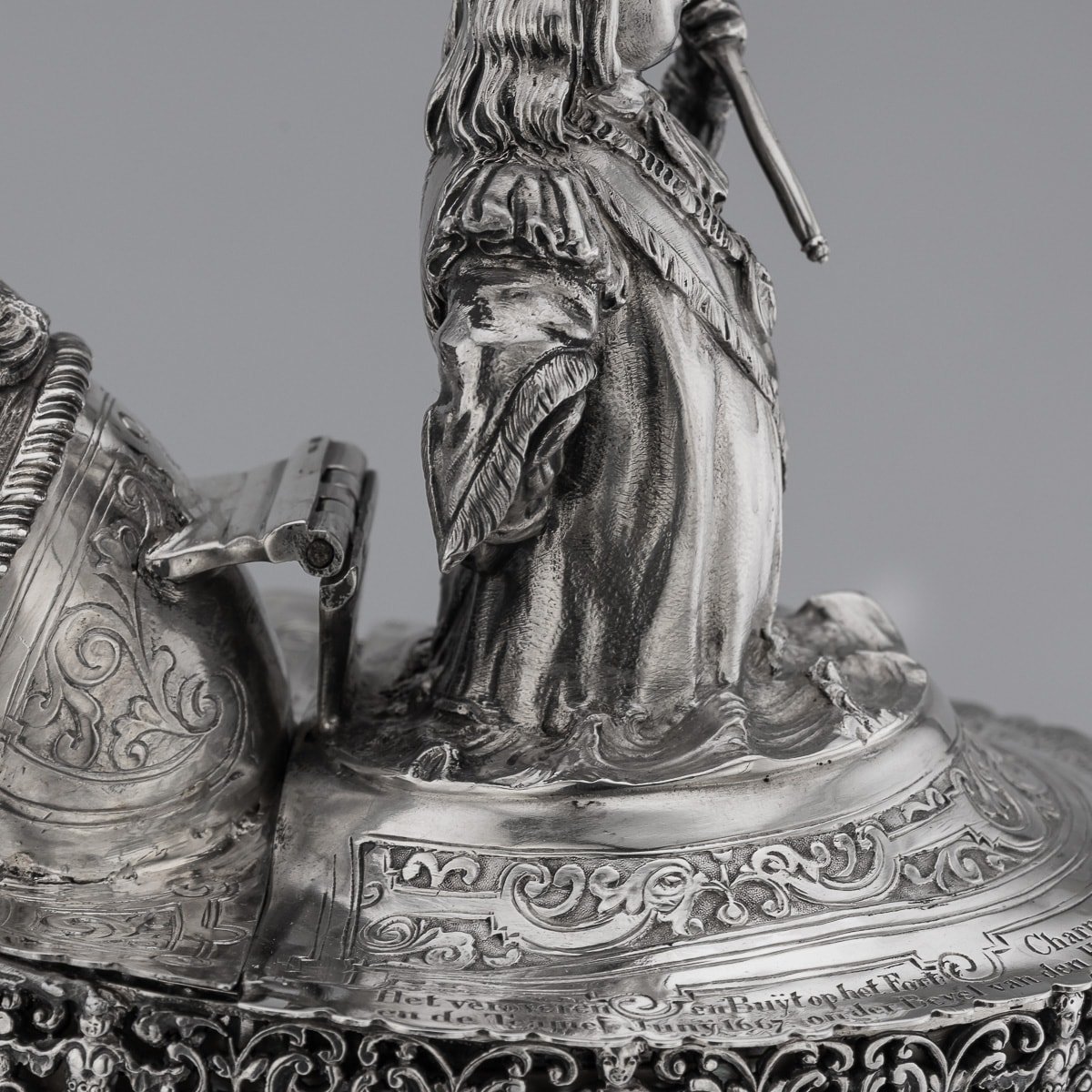 Image 37 of 62
Image 37 of 62

 Image 38 of 62
Image 38 of 62

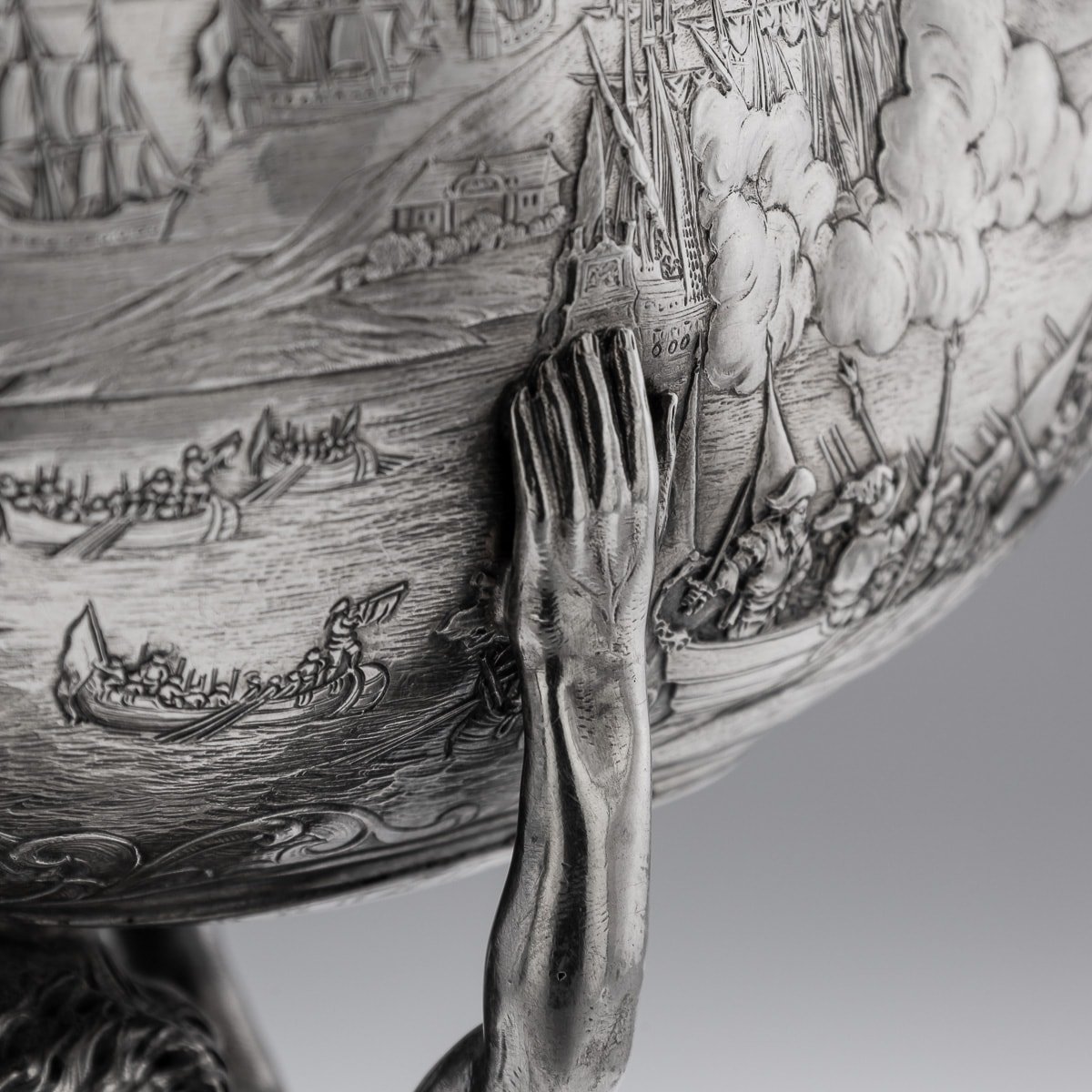 Image 39 of 62
Image 39 of 62

 Image 40 of 62
Image 40 of 62

 Image 41 of 62
Image 41 of 62

 Image 42 of 62
Image 42 of 62

 Image 43 of 62
Image 43 of 62

 Image 44 of 62
Image 44 of 62

 Image 45 of 62
Image 45 of 62

 Image 46 of 62
Image 46 of 62

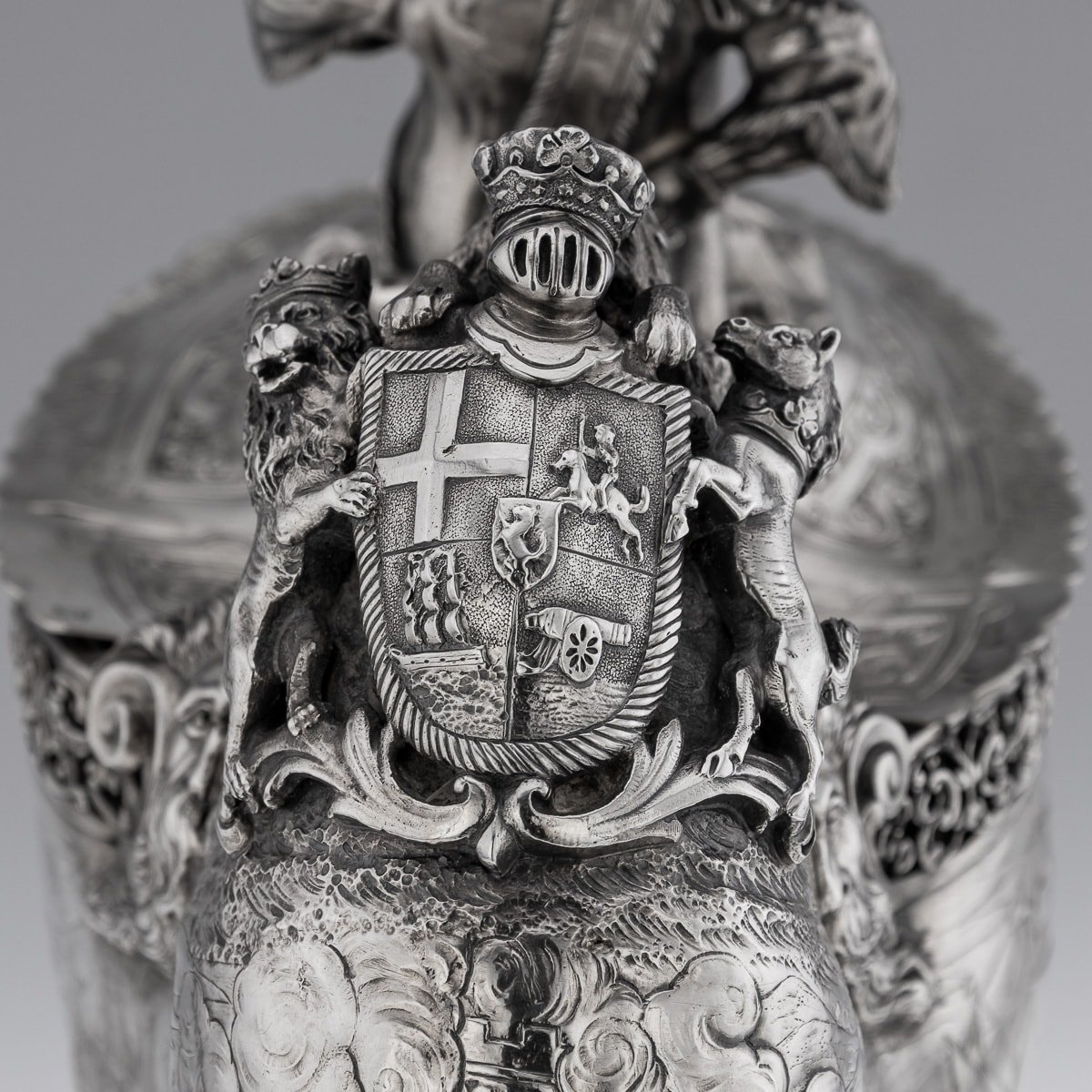 Image 47 of 62
Image 47 of 62

 Image 48 of 62
Image 48 of 62

 Image 49 of 62
Image 49 of 62

 Image 50 of 62
Image 50 of 62

 Image 51 of 62
Image 51 of 62

 Image 52 of 62
Image 52 of 62

 Image 53 of 62
Image 53 of 62

 Image 54 of 62
Image 54 of 62

 Image 55 of 62
Image 55 of 62

 Image 56 of 62
Image 56 of 62

 Image 57 of 62
Image 57 of 62

 Image 58 of 62
Image 58 of 62

 Image 59 of 62
Image 59 of 62

 Image 60 of 62
Image 60 of 62

 Image 61 of 62
Image 61 of 62

 Image 62 of 62
Image 62 of 62































































ANTIQUE 19thC DUTCH COMMEMORATIVE 'RAID ON MEDWAY' SOLID SILVER NAUTILUS c.1860
Antique mid 19th Century rare and impressive Dutch commemorative solid silver figural Nautilus. This Important nautilus is celebrating the “Raid on the Medway” victory, richly decorated throughout: the hinged cover decorated with the bust of Michiel de Ruyter (General Admiral of the United Provinces) surrounded by an engraved text commemorating the Battle of Medway in June 1667, during the 2nd Anglo-Dutch War.
Reference Number: A9284
Antique mid 19th Century rare and impressive Dutch commemorative solid silver figural Nautilus. This Important nautilus is celebrating the “Raid on the Medway” victory, richly decorated throughout: the hinged cover decorated with the bust of Michiel de Ruyter (General Admiral of the United Provinces) surrounded by an engraved text commemorating the Battle of Medway in June 1667, during the 2nd Anglo-Dutch War.
Reference Number: A9284
Antique mid 19th Century rare and impressive Dutch commemorative solid silver figural Nautilus. This Important nautilus is celebrating the “Raid on the Medway” victory, richly decorated throughout: the hinged cover decorated with the bust of Michiel de Ruyter (General Admiral of the United Provinces) surrounded by an engraved text commemorating the Battle of Medway in June 1667, during the 2nd Anglo-Dutch War.
Reference Number: A9284
DESCRIPTION
Antique mid 19th Century rare and impressive Dutch commemorative solid silver figural Nautilus. This Important nautilus is celebrating the “Raid on the Medway” victory, richly decorated throughout: the hinged cover decorated with the bust of Michiel de Ruyter (General Admiral of the United Provinces) surrounded by an engraved text commemorating the Battle of Medway in June 1667, during the 2nd Anglo-Dutch War. There upper part enclosing the nautilus, finely chased with a naval battle scenes topped with the coat of arms of Michiel de Ruyter. Supported by Neptune riding a sea horse (hippocamp) resting on a base representing Neptune emerging from the waters on its quadriga on one side and a ship leaving the port on the other side, decorated with mermaid figures and mounted with 8 shell-shaped feet. Hallmarked with ET import hallmark used from 1864 to 1893 and crowned V used 1814-1893 to all imported items of foreign origin, most likely Germany.
Raid on the Medway.
In June 1667, during the Second Anglo-Dutch War, the Dutch navy executed a highly successful attack known as the Raid on the Medway. This daring operation targeted English warships anchored in the fleet anchorages off Chatham Dockyard and Gillingham in Kent. At the time, the defensive measures included Upnor Castle and the "Gillingham Line," which were meant to safeguard the English ships.
Under the nominal command of Willem Joseph van Ghent and Lieutenant-Admiral Michiel de Ruyter, the Dutch carried out a multi-day assault. They bombarded and seized Sheerness, navigated through the Thames estuary to Gravesend, and proceeded up the River Medway to Chatham and Gillingham. There, they engaged fortifications with cannon fire, captured or set ablaze three capital ships and ten additional ships of the line, and towed away the flagship of the English fleet, HMS Royal Charles.
This audacious raid had severe political consequences for Charles II of England, hastening the end of the war and leading to a favorable peace agreement for the Dutch. It marked one of the most significant defeats in the Royal Navy's history and a significant setback for the British military, as described by Horace George Franks as "the most serious defeat it has ever had in its home waters."
In 1667, Charles II's active fleet faced significant reductions due to recent budget constraints, leading to the laying up of the remaining "big ships." It was during this vulnerable period that the Dutch saw an opportunity to launch an attack on the English. Earlier plans for such an assault had been made in 1666 after the Four Days' Battle, but their defeat in the St James's Day Battle had thwarted those intentions. The mastermind behind this strategic move was the prominent Dutch politician, Grand Pensionary Johan de Witt, who had his brother Cornelis de Witt accompany the fleet to oversee operations. Peace negotiations had been ongoing in Breda since March, but Charles had been stalling on the peace agreement, counting on secret French support to strengthen his position. Given these circumstances, De Witt believed that securing a swift and decisive victory would be the best course of action, ensuring a more advantageous settlement for the Dutch Republic. While most Dutch flag officers harbored doubts about the feasibility of this audacious attack, mainly due to concerns about the treacherous shoals in the Thames estuary, they followed orders nonetheless. The Dutch employed the services of two defected English marine pilots, one a dissenter named Robert Holland, and the other a smuggler who had fled English justice.
CONDITION
In Great Condition - No damage, just an hairline crack to the shell.
SIZE
Height: 43cm
Width: 12 x 21cm
Weight: 2580g
